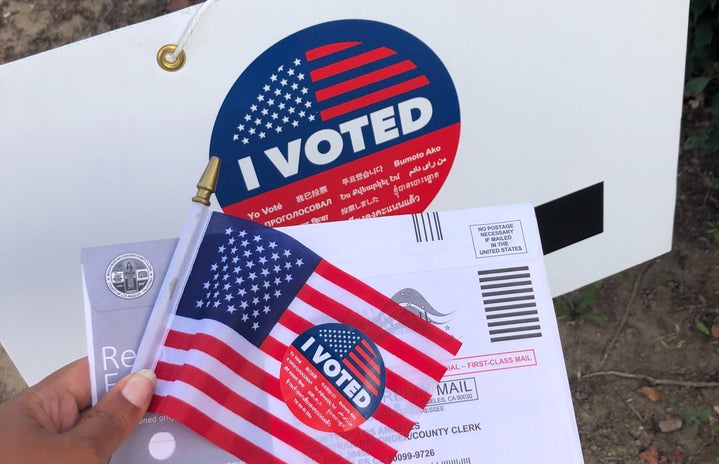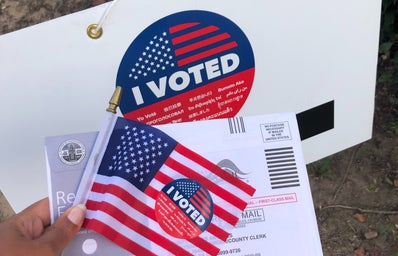On Nov. 8, American citizens are headed to the voting booths.
This year’s midterm elections is arguably one of the most important, following the transition from former president Donald Trump’s administration to current president Joe Biden’s. All 435 seats in the House of Representatives and 35 in the Senate will be up for grabs on the ballot. In other words, this election will decide who’s in control of Congress and therefore, who’s deciding on polarizing issues.
Here’s why:
Midterm elections occur in the midpoint of a presidency—meaning the last one we had was in the middle of Trump’s presidency in 2018. While Democrats are in control of the House of Representatives, the Senate is split pretty even, and the Supreme Court is majority conservative. As we know, this power structure puts many rights at risk, like abortion access, which became heavily limited with the overturning of Roe v. Wade earlier this year.
And who confirms or denies the supreme court justices? You guessed it: the Senate.
But it isn’t just abortion rights at risk if Republicans take control of the House. Immigration rights, gun laws, healthcare, program budgeting and investigations into the 2021 Capitol Riots are all topics that depend on who’s in charge of Congress. Two opposing chambers of Congress means lots of fighting and delays for bills and legislation, so a half-win for Democrats isn’t ideal either.
The reason why this midterm is so important—and why it’s even more important for you to vote—is because Americans ages 18-29 generally don’t vote in elections, and especially in midterms. We mainly use Instagram or Twitter for political engagement, but we’re kind of lacking when it comes to filling out a ballot. As we know, the government is full of old, white men that don’t really represent all the citizens that make up America, and therefore don’t make the best decisions on behalf of us. While spreading information through social media is great for awareness, voting is the most direct way to get a say on political issues you care about by choosing someone who aligns the most with your views.
Each state’s midterm ballot will look different, since they’re only voting for the seats that correspond to their state. Some ballots will also have governor, mayor, and local official candidates, as well as ballot measures, which are specific issues voters can decide on. These issues include abortion rights and marijuana legalization. Regardless of where you’re voting, the results of all midterms can affect all Americans in the future.
There are multiple ways to participate in this year’s midterm election. Absentee voting has been increasingly popular since the Covid-19 Pandemic, and is still widely used by citizens today, in case you can’t vote on the designated election day. To learn more about your state’s voting schedule and deadlines, visit your state’s Board of Elections website or check out this Wall Street Journal Article.


